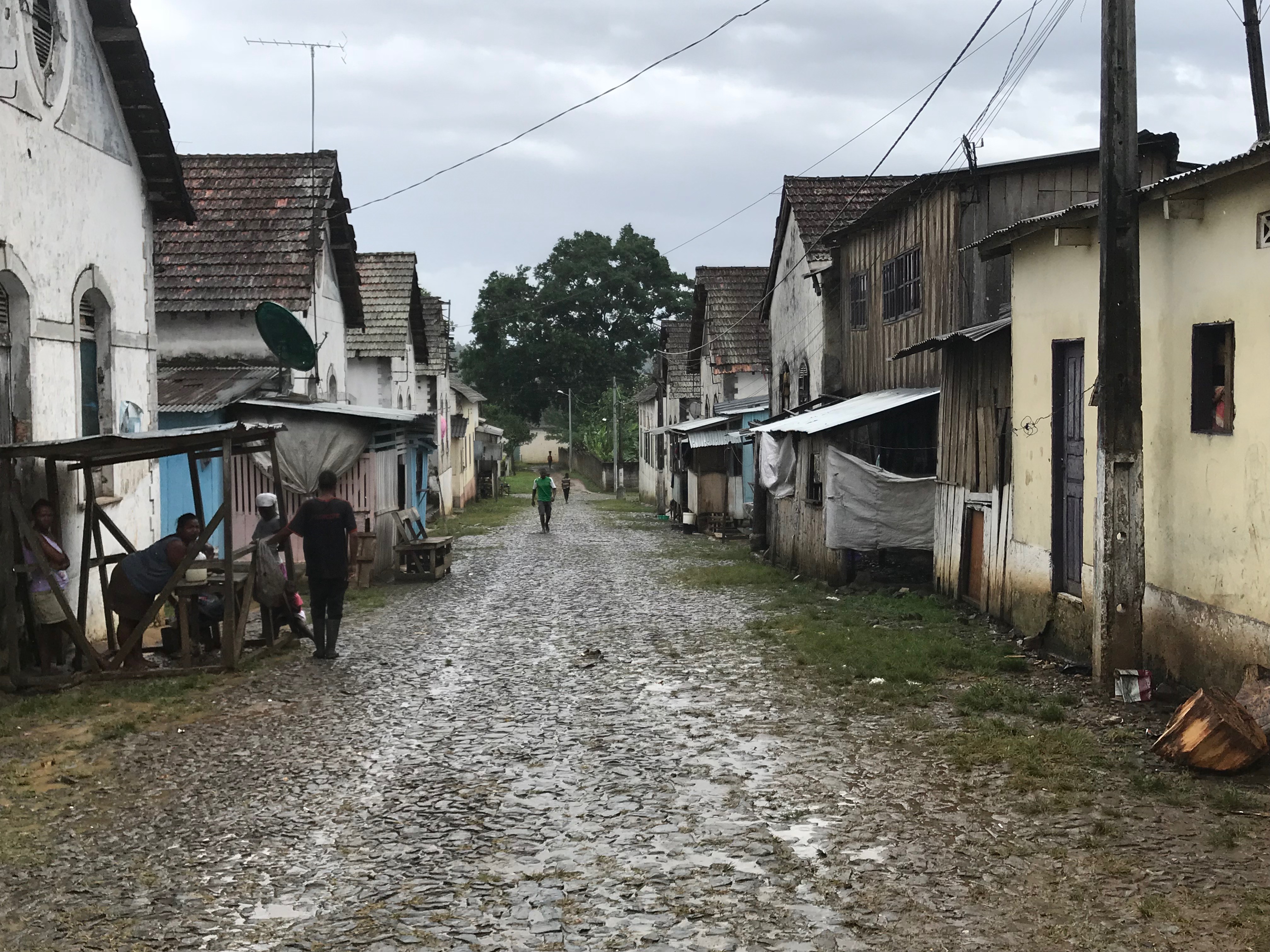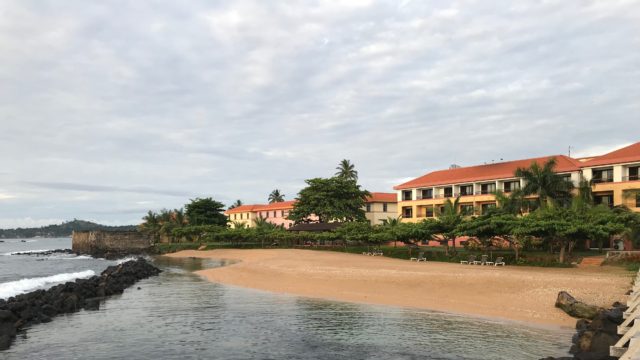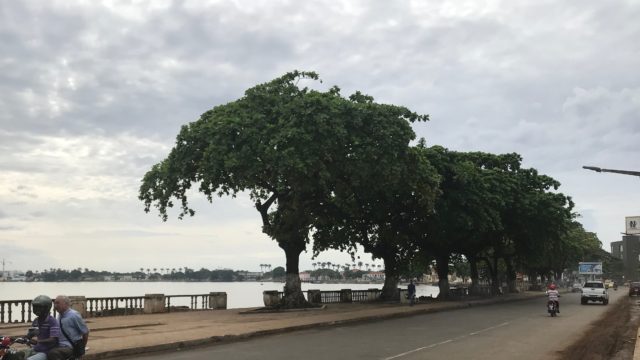
Country Information:
São Tomé and Príncipe is a volcanic chain close to the equator off the coast of western Africa.. The capital is São Tomé and the country’s population is about 250,000 people. The primary language is Portuguese, and the main religion is Roman Catholicism followed by a much smaller Protestant population. The time zone is 4 hours ahead of EST.
If visiting here during birthing times, head to the Programa Tato (Observação de tartarugas marinhas) in Morro Peixe and visit the beach in the early evening to see the nesting ritual of one of the turtle species found in São Tomé and Príncipe. Travelers may even be able to witness the birth of baby sea turtles as they emerge from the sand and make their way to the ocean. It is a truly unforgettable experience, though be sure to be careful and obey and instructions given by staff members. Five of the seven marine turtle species left in the world visit this island, with four of them nesting here.
Jim’s Perspectives:
The country of São Tomé and Principe has the distinction of being Africa’s second smallest country. There are two chapters in the history of this country – before 1975 and after.
The Portuguese discovered these lush volcanic islands in the late 1400s and the island essentially became a massive network of plantations, producing first, sugar during the 16th century (powered by slave labor, of course) and then in the 19th and 20th centuries São Tomé became the world’s largest producer of Cocoa, powered by 5 enormous plantations (or ROCAS), all connected by rail.
In 1975, all of this changed, when São Tomé got its independence from Portugal. The country, now left on its own, had to figure out what to do with itself. It turned Communist, which was a miserable failure especially with the downfall of the Soviet Union, and then became Democratic in 1991. Regardless of its political system, the country has still yet to figure out how to become viable and sustainable. This once powerful nation now receives a whopping 85% of its annual budget from foreign aid.
The Portuguese were aided by the Arabs who were very good navigators and built great boats. They, and everyone else, we’re looking for the fastest way to India to its trade routes. So, Vasco de Gama, and other explores work their way down the coast of Africa in around the Cape of good hope while looking for India, stopping by to replenish their ships. João d saint tarain discovered this country in 21 Dec in 1470, which also happen happen to be Saint Thomas’s day on the calendar, hence the country was named São Tomé. Likewise, the island Principe was given to a Portuguese prince, and in turn named after his title.


